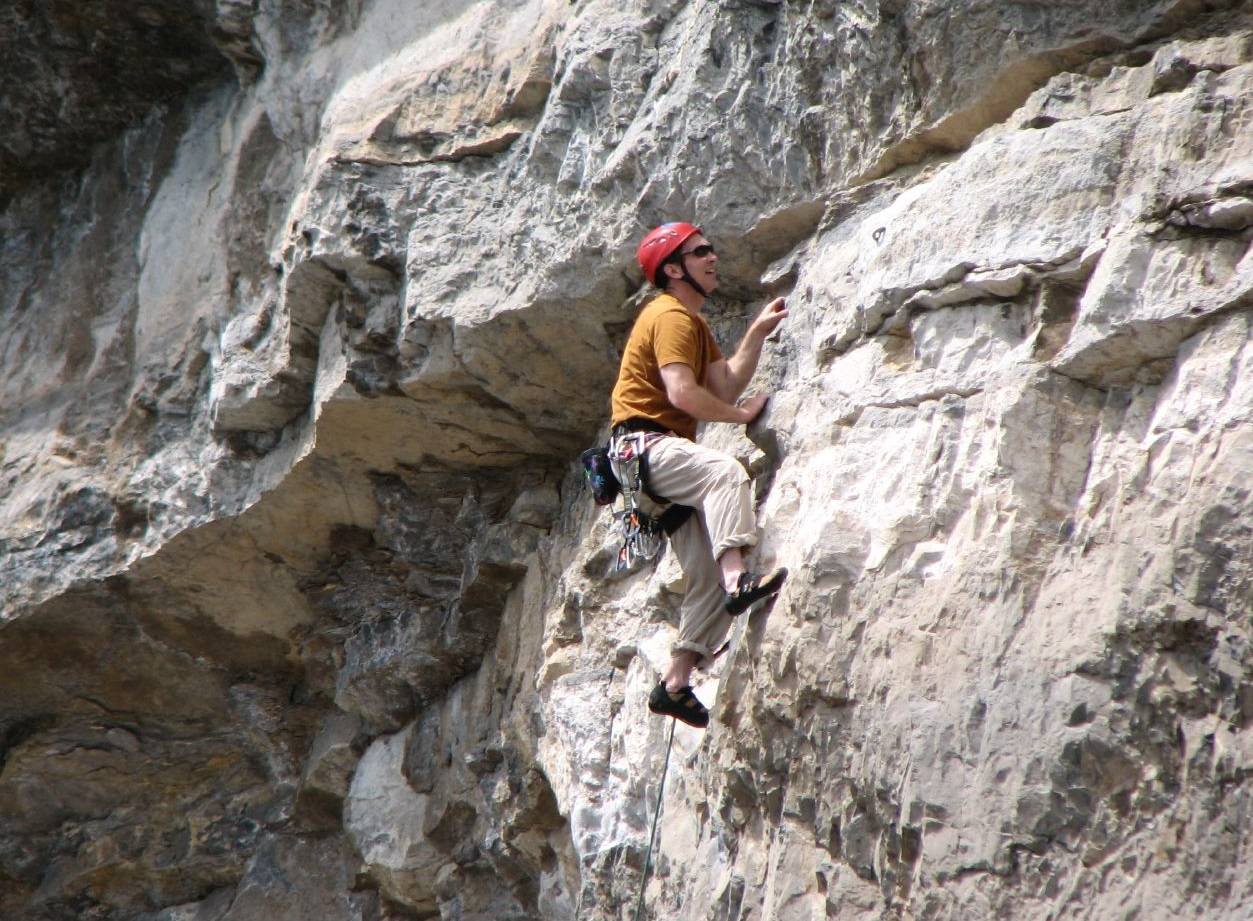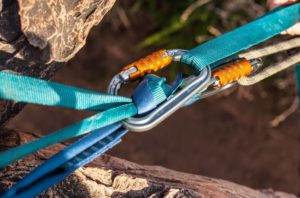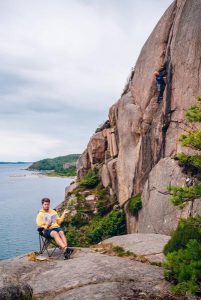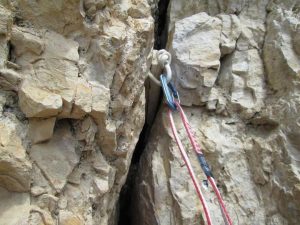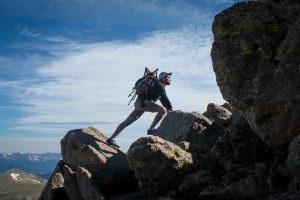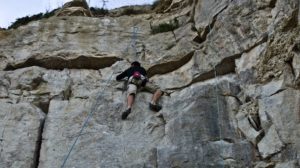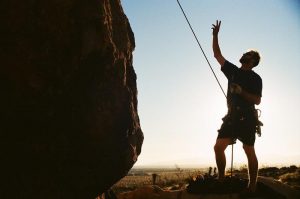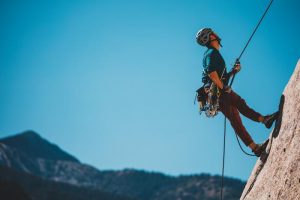Is it the most important part of a training session? Being consistent and setting goals are two of the most important elements of any training programme. Once you’ve organized your life so that you can climb or train regularly and you have established your goals, the next step is to structure your training sessions so that you achieve these goals.
Whether you climb outdoors or train in an indoor gym, the overall structure of the session should be the same and include: a warm-up, the session itself and a warm down.
The function of the warm-up is to avoid injury and prepare your body to climb. “The session” is what you’ve come to achieve. This might be to simply enjoy yourself and relax after work, onsight an 18 on natural gear, complete 10 yellow routes in your local gym or redpoint your project. The function of the warm down is to help your body recover from this workout.
To achieve any physical goals it’s important to know when your body is ready to perform at it’s best. This is where warming up becomes critical.
The Warm Up
Devoting 20 to 30 minutes to warming up can make all the difference to the quality of any climbing session. Warming up will relax you and allow you to focus on climbing, it will help you avoid injuries (a warm, elastic, stretched muscle is less likely to be damaged than a cold, stiff one) and last but not least it will prepare your body to climb well.
Warming up is a very personal thing. The length and structure of the warm-up will vary from person to person. It is important to learn what is best for you. You should know how many routes of what grade your body needs to do before it is ready to pull as hard as it can without breaking. Generally speaking, the fitter you get and the older you get the longer the warm-up needs to be. Some professional climbers may spend as much as two hours warming up. Here are a few guidelines for warming up.
Warming up has three parts:
- an aerobic component that increases blood flow and literally warms your large muscle groups;
- a stretching component that ensures your limbs can obtain their full range of motion and;
- a more specific warm-up on easy routes.
This warms up the specific muscles stressed while climbing it also wakes up your coordination and body awareness. Personally, when climbing outdoors, I do at least three routes that get progressively harder (two grades harder) before I try something that I find really hard.
Completing a number of warm-up routes will also avoid a “flash pump”. I’m not sure if beginners experience this; they tend to be pumped the whole time. As you get fitter, if the first route you try makes you pull close to your maximum for too long, your forearms inflate to the size of a 2-liter coke bottle and then take the rest of the day to deflate. Whereas, if you warm up carefully, you may get pumped but you’ll find you recover a lot sooner.
Remember to listen to your body so that you can work out what is the best warm-up for you. Here are the details of the typical warm-up.
The aerobic component – If you have walked for 20 minutes to get to the crag or you’re on your feet all day laying bricks the aerobic part of the warm-up may not be necessary. If you’ve been sitting in front of a computer screen all day and you then drive to the gym the aerobic part of the warm-up will be essential. Most gyms have an exercise bike or running machine and, if all else fails, running on the spot or skipping are great. Six to ten minutes is all you need; the aim is to feel warm at the end of it.
Stretching – The next step is to stretch for 10 or 15 minutes. The aim here is to ensure your limbs can obtain their full range of motion allowing you to execute the various techniques efficiently. Three upper body, three lower body, and two forearm stretches is adequate. Hold each stretch for 20-30 seconds and complete each stretch at least twice. You’ll find the second time you will feel a lot more flexible.
The right way to stretch is to relax and perform a sustained stretch with your attention focused on the muscles being stretched. The wrong way is to bounce up and down – this method can actually do more harm than good. Try to make the stretches as climbing specific as possible. Here are a few stretches I’d recommend:
The stretches
Lower body
- Groin
- Turn out
- Groin
- Splits
- Front of the hip
- High step up
Upper body
- Biceps and chest
- deltoid
- deltoid and triceps
Stretching for 10 to 15 minutes while warming up will be enough to ensure your limbs can obtain their full range of motion however it won’t be enough to increase their range of motion. If you want to become more flexible you’ll have to devote more time to stretching. Forty-five minutes, three times per week is more likely to increase your flexibility. Some sports specialists recommend twice a day, 6 days a week for 14 weeks. What are you prepared to do?
The specific warm-up: Easy routes
The easy routes you complete as part of your warm-up shouldn’t be a mindless chore. As you won’t be at your physical limit you’ll have the opportunity to concentrate on your movement and technique. Place your feet purposefully and when you weight them concentrate on how it feels, make a conscientious effort to note exactly where each limb is and when you shift your weight make a note of when you’re in balance. If you’re familiar with various techniques, execute them carefully. The way you complete these easy routes will influence your technical performance on the harder routes and make you realize how important body awareness is to climbing well.
Warming Down – After your climbing session it is important to spend 10-15 minutes warming down. The aim is to relax and stretch the stressed muscles to assist in the recovery process. Complete a number of easy routes and repeat your stretching routine.
Have fun and don’t forget to warm up and down.

